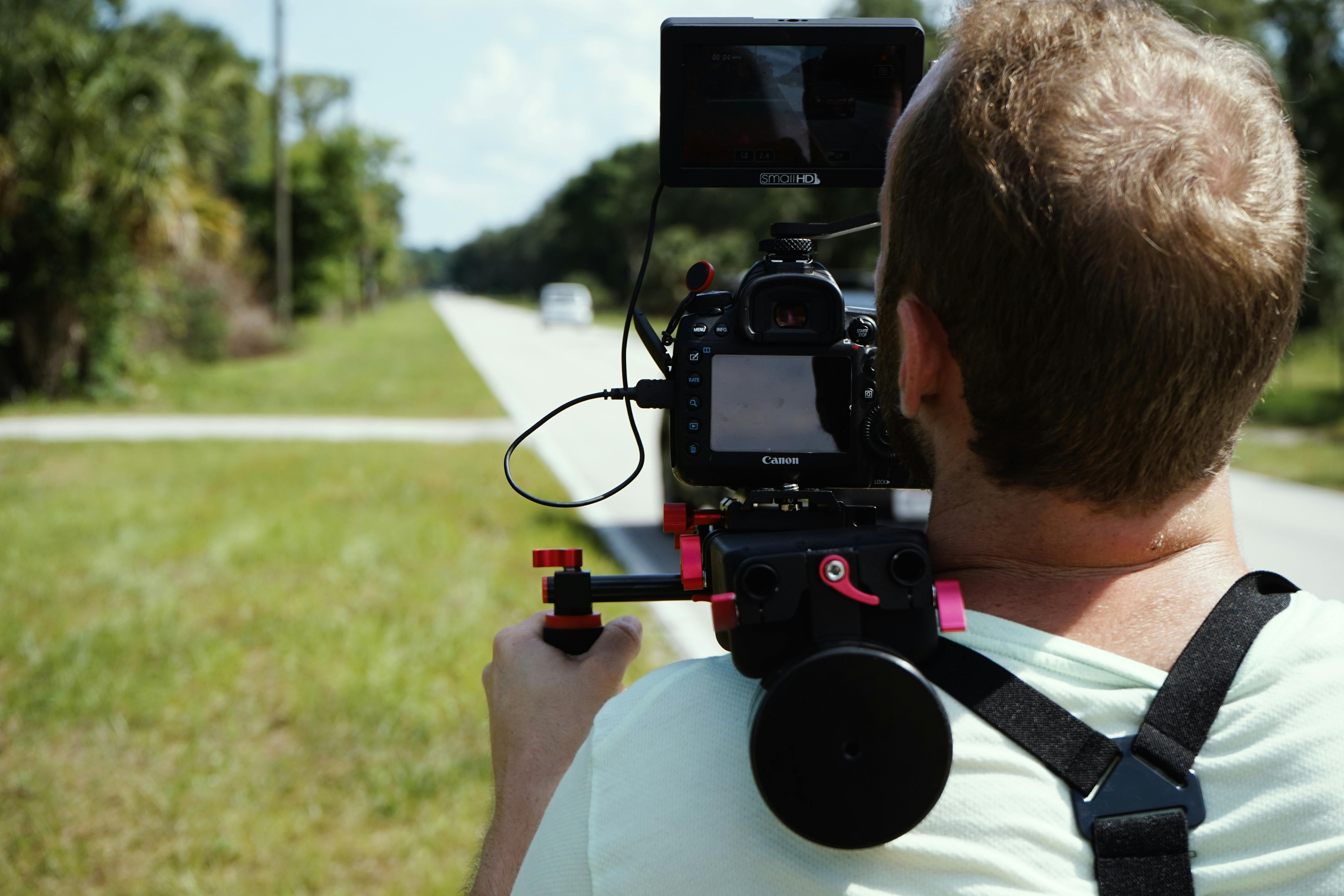Introduction
NFC derives its roots from existing technology but goes much further to improve communication. The birth of this technology is welcomed in the technological world and all stakeholders in the mobile communication ecosystem are affected in a positive way. If thoughts of how and why are running through your mind, read on.
How does NFC work?
NFC uses RFID to facilitate communication between devices placed within 10 cm of each other. Of these devices, NFC allows one of them to assume the role of an active device and emit a radio frequency that locks up with and extracts data from a passive NFC-enabled device or tag. Passive devices can only hold data but cannot browse it. Active devices, on the other hand, can also be programmed to retain and provide data when requested by other active devices.
Security measures such as encryption can be wrapped in the communication. It is recommended that devices be equipped with antivirus software to protect confidential transactions.
NFC applications
NFC obviously wins over other wireless forms of communication for the reasons mentioned in the previous sections of this article. It would be interesting to point out the various uses to which this technology can be applied. However, out of an abundance of caution, only one continuous example involving NFC in daily life is narrated.
This example illustrates the amazing things a fictional character named Joe can do with his NFC-enabled smartphone. Joe, a social media consultant, lives in Newton, a leafy residential suburb of Boston, MA. He uses the Amtrak to get to Summer Street, Boston’s central business district. At the departure station he wants to buy tickets for the round trip to Boston. He sees an NFC-enabled vending machine and shows his smartphone near it. After the initiation protocols, Joe proceeds to select and reserve the tickets, and the confirmation appears on his smartphone. He gets on the train to Boston. At the request of the Ticket Verifier (TC), he shows the smartphone near the TC’s NFC-enabled ticket verification machine, which behaves like an active device to extract the data from Joe’s phone. The reservation is confirmed and the gentlemen exchange pleasantries just like their devices did moments ago!
Joe disembarks at South Station and heads to his office. On the way, he sees a bandstand showing a Vangelis concert at Boston Symphony Hall. He taps his NFC mobile phone with the NFC tag on the funky poster and pulls data such as the date, time, participating musicians, theme, etc. into his phone. He reserves seats for the concert with his mobile phone, using mobile communications (eg: SMS, Internet), to receive the complimentary tickets. He informs her wife through a text message inviting her to the concert and then to dinner.
At the office entrance, he touches his NFC mobile phone to the NFC-enabled door to open it.
Lunchtime rolls around and Joe goes back to using his smartphone to pay for his meal with a credit card stored on his phone using NFC to tap and use at the POS register at the restaurant.
In the afternoon he meets with members of his new client company. At the end of the meeting, Joe and his clients touch their phones to exchange their business cards stored on their NFC mobile phones.
In the evening, Joe and his wife arrive at Boston Symphony Hall, where he taps his NFC mobile phone with an NFC-enabled turnstile. Their reservations are confirmed and they are admitted into the room.
After enjoying a lively concert, they head to Macy’s where Joe surprises his wife with a platinum necklace. They have a quiet candlelit dinner in Little Italy by the bay. Joe uses an NFC credit card on his phone to make payments in both cases. On the way back, they join a street carnival playing in Quincy. Joe loses his smartphone in the shock. Noticing him, he immediately calls his mobile service provider to report his mobile as stolen and request that they cancel the NFC services on his phone. This would remove sensitive data (especially money-related) from his mobile. Joe can reactivate the NFC services if he retrieves his mobile phone.
In the illustration, you can see the many uses that can be given to NFC in daily life.
conclusion
NFC is a boon for the mobile user who is discovering and bringing to life many applications that the mobile can perform. From the day when a mobile was only used to make a call to now using it as a mobile wallet, ticket reservation system, security system, etc., the user has gotten a lot out of the mobile. NFC provides the drive to take this excitement to the next level.
NFC is more secure, versatile, and growing in popularity. Good luck crashing!



